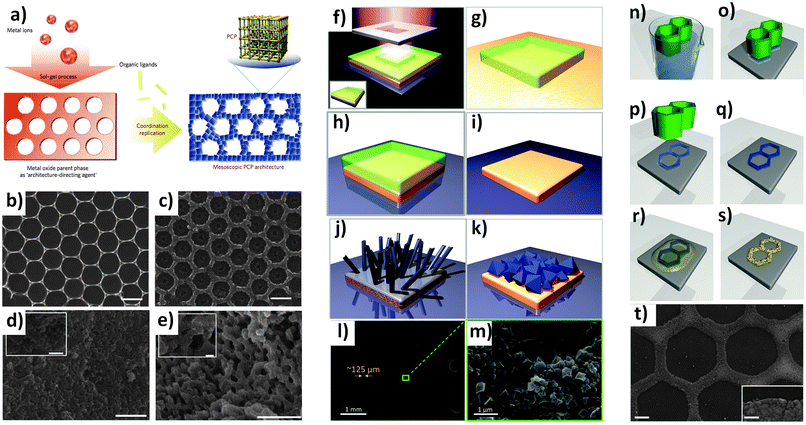

There is a workaround which is to import a r18 PR tag, but thats just a bandaid. We currently support up to 1 million polygons. PR helps scaling down the file in order to send it down the road. Theres a limit to the complexity of objects that you can upload to Shapeways. So you might tell me PR sucks anyway and shouldn't be in a work flow? The reason is I do highly detailed displacements which need a fine mesh to apply, but end up with giant files. After the model has been reduced press the 'Exit' button to return to the main application. I have tried many different files with and without UV and other tags. To reduce the number of polygons in a model set you will typically change the 'Polygon Reduction Amount' slider to select the desired percentage of reduction, then press the 'Reduce' button. It's quite shocking really, and considering there isn't a general outrage (it was fine before) I have to conclude almost nobody uses polygon reduction. Flat surface has almost as many polygons as wrinkle details. Then the meshes are exported through Blender to toggle t. It's an uneven hack job with vastly different size polygons with no relation to curvature, pinch points that won't even smooth later, and kind of overlapping facets. In this demonstration we go through optimizing a mesh using Meshlab and Polygon Cruncher standalone. The workflow has changed from a deformer based workflow to a generator based workflow, while expanding on the. 3.1 Triangle reduction Step 1 Menu File -> Import Mesh Step 2 Tick the Wireframe Icon on top Step 3: Select the (maybe) best triangle reduction filter Menu Filters -> Remeshing, simplification, and Reconstruction Quadric Edge Collapse Decimation. Polygon reduction has gone through a significant overhaul in CINEMA 4D R19. This parameter affects the original model’s shape (ex. The recommended entry is 1 as it gives satisfying results. Quality threshold: You can select a number between 0 and 1. But, and it is a big but IMO, it produces awful mesh. Meshlab includes several interesting algorithm for repairing and simplifying meshes. This procedure is called reduction of polygons also known as mesh decimation. Making statements based on opinion back them up with references or personal experience. Fortunately there's a solution known as polygon reduction (also known as mesh decimation). This does inevitably reduce the resolution of the data. wptabcontent Occasionally you will need to sub-sample your point-cloud data to make it easier to work with. Just a general observation, it don't seem to have been noticed much: r19 has a new polygon reduction that is faster, allows to scale rapidly between reduction ratios, and respects UVs. For a MeshLab solution, this blog entry describes a method to use ambient occlusion to remove interior vertices. wptabcontent Once MeshLab is open the Import Mesh icon on the main toolbar will allow you to navigate to the files you have stored.


 0 kommentar(er)
0 kommentar(er)
